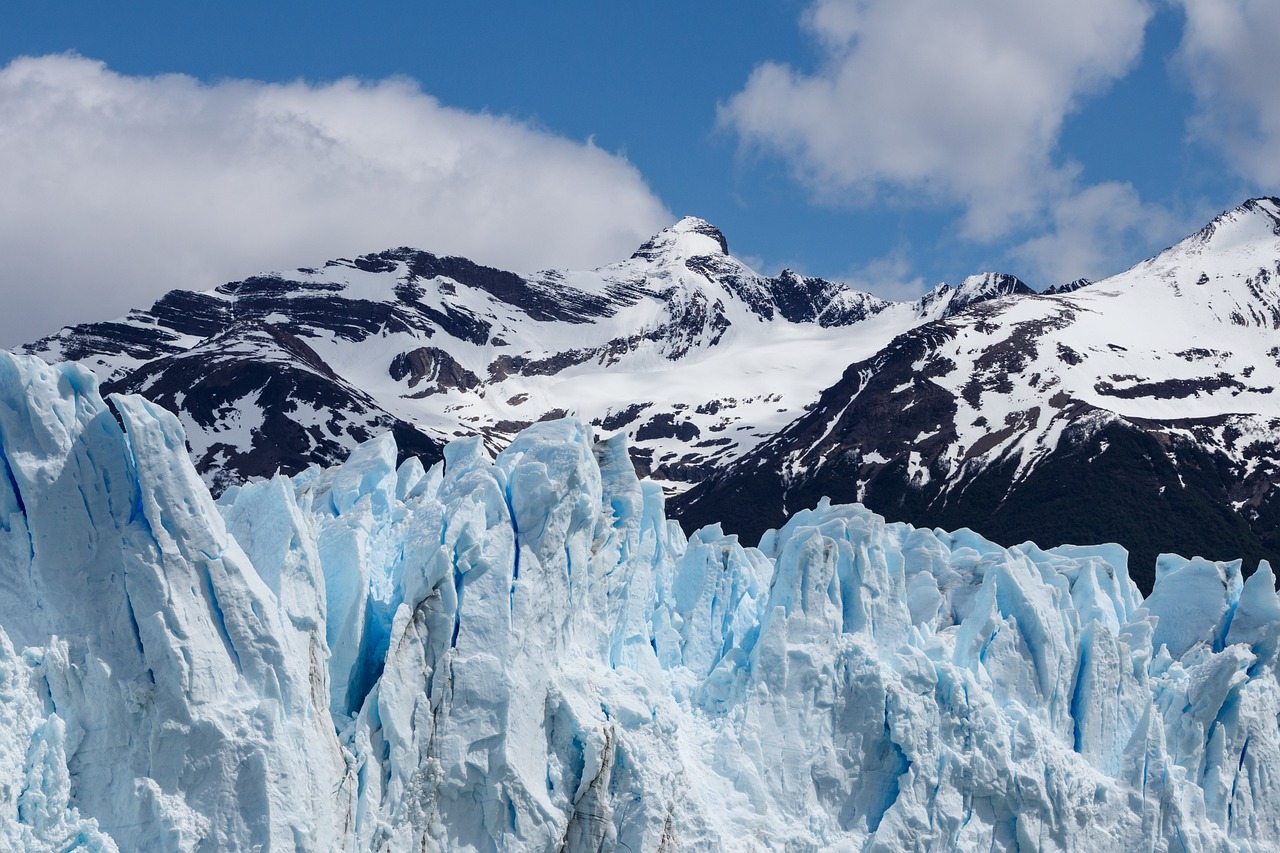Feature by Aryaa Sinha
Ice age, also called glacial age, is any geological period during which thick ice sheets cover vast areas of land. Such periods of large-scale glaciation may last several million years and drastically reshape surface features of entire continents. A number of major ice ages have occurred throughout Earth’s history.
The earliest known took place dating back more than 570 million years and the most recent periods of widespread glaciation occurred 11,700 years ago.

A lesser, recent glacial stage called the Little Ice Age began in the 17th century.
Earth experienced a prolonged cooling period that brought chillier-than-average temperatures particularly pronounced in the Northern Atlantic region (western North America, Greenland & Scandinavia) the temperature declined by 0.6 degrees (1.1 degree F) relative to the average temperature between 1000 and 2000 CE.
The term little Ice age was introduced to scientific literature by Dutch – born American geologist F.E. Matthes in 1939. It is said to have lasted from the 16th through 19th century, though some argue it began even earlier.
It was not a true Ice Age, but brought cold temperatures in three intervals from the mid-1600s to the 1800s as noted by NASA Earth Observatory.
The Intergovernmental Panel on Climate Change (An intergovernmental body of the United Nations responsible for advancing knowledge on human-induced climate change) in its Third Assessment Report considered that the timing and the areas affected by the Little Ice Age suggested largely independent regional climate changes, rather than a globally synchronous increased glaciation.
In Europe and North America, this meant colder winters which in some cases destroyed farms and villages with encroaching glaciers. Rivers also froze over in many locations. Changes in sea ice disrupted travel and shipping around Iceland, and crop devastation led to years of famine in some parts of Europe. The Himalayan mountain range often referred to as ‘the Third Pole’ it is home to the world’s third-largest amount of glacier ice after Antarctica and the Arctic. The Little Ice Age here lasted from the 16th through to the 19th century.
Information obtained from “proxy records” (indirect records of ancient climatic conditions, such as ice cores, cores of lake sediment and coral, and annual growth rings in trees) as well as historical documents dating to the Little Ice Age period indicate that cooler conditions appeared in some regions, but, at the same time, warmer or stable conditions occurred in others.

What caused the Little Ice Age?
Several causes have been proposed:
Cyclical lows in solar radiation
Solar activity includes sun disturbances like sunspots, solar flares, or prominences. These solar activities were recorded to be low during this period.
Heightened volcanic activity (specifically the catastrophic Kaharoa eruption of Mount Tarawera in 1315)
Throughout the Little Ice Age, the world experienced heightened volcanic activity. When a volcano erupts, its ash reaches high into the atmosphere and can spread to cover the whole earth. The ash cloud blocks out some of the incoming solar radiation, which leads to worldwide cooling for up to two years after an eruption.
Changes in the ocean circulation
Another possibility is that there was a slowing of natural Oceanic conveyor belt system.
Variations in Earth’s orbit and axial tilt (orbital forcing)
These orbital changes modify the total amount of sunlight reaching the Earth by up to 25% at mid-latitudes is believed to be responsible for the timing of the ice age cycles.
Decrease in human populations
Decreases in the human population (such as from the Black Death and the epidemics emerging in the Americas upon European contact).

